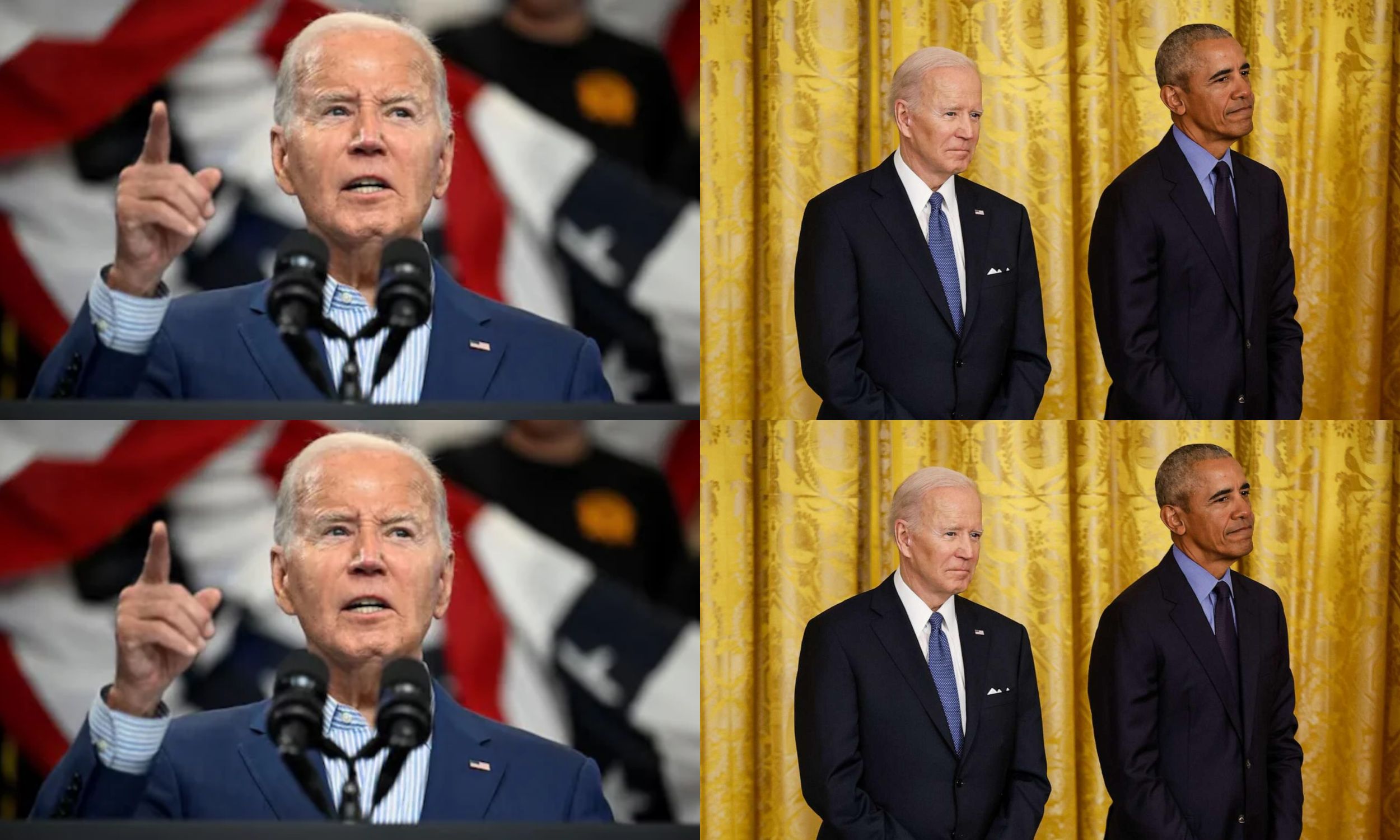The failed attempt on President-elect Donald Trump’s life by the Iranian government marks another chapter in Tehran’s long history of instability in the Middle East. However, this moment presents the incoming administration with a rare chance to reshape the region and confront Iran head-on.
For decades, Iran has played a central role in spreading chaos, both within its borders and throughout the Middle East. By supporting militant groups like Hamas, Hezbollah, and the Houthis, the regime has sought to impose its radical version of Shia Islam and strengthen its regional influence, all while maintaining plausible deniability about its direct involvement.
In the 1980s, Iran’s ties with Syria were cemented under Hafez al-Assad, setting the stage for its growing influence over the country that continues under his son Bashar. At the same time, Iran’s proxy group, Hezbollah, solidified its hold over Lebanon, while Iraq stood as a major obstacle to its ambitions of reaching the Mediterranean.

Following the 2003 invasion of Iraq, Iran capitalized on the power vacuum by backing Shiite militant groups, thus creating a direct corridor of influence across the region—what became known as the “Shia Crescent.” The Houthis’ rise to power in Yemen in 2014 expanded Iran’s reach to the Arabian Peninsula’s southernmost point.
During the Obama and Biden administrations, the focus was often misplaced, with both leaders pointing fingers at Israel for the region’s problems. Under Obama, U.S. support for Israel softened, culminating in a UN Security Council condemnation of Israeli settlements. Under Biden, U.S. policy further strained relations by imposing sanctions on Israeli settlers.
The first Trump administration adopted a different strategy, recognizing that the real path to peace did not lie in resolving the Israeli-Palestinian conflict but in addressing the Iranian threat. The Abraham Accords were a testament to this shift, formalizing relationships between Israel and Arab nations based on shared concerns about Iran.
Trump’s controversial actions, such as recognizing Jerusalem as Israel’s capital and acknowledging Israeli sovereignty over the Golan Heights, did not hinder Arab nations from engaging in peace talks with Israel.
These developments highlighted two key realizations: first, that Israel was not the true obstacle to peace, and second, that Arab states prioritized countering Iran over addressing Palestinian issues.
With a second term on the horizon, President Trump can now build upon this foundation of realignment. A key step will be focusing on Iran, where the regime’s destabilizing activities continue to pose a threat to global security.
Trump can resurrect his “maximum pressure” campaign, imposing stricter sanctions on Iran’s economic partners, including China, and block the Strait of Hormuz, through which much of Iran’s oil passes. These measures would severely limit Iran’s ability to fund its operations.
Additionally, Trump’s administration could target Iran’s Aerospace Force, responsible for producing and deploying advanced weaponry, including drones, missiles, and air defense systems.
By working with Israel to eliminate key figures in the Iranian military leadership, such as the commanders of the Aerospace Force, the U.S. could cripple Iran’s military capabilities. Further military support for Israel—such as precision-guided munitions and refueling aircraft—would provide the necessary tools for sustained strikes against Iran’s infrastructure.
Beyond military measures, the Trump administration can aid efforts to bring about a change in Iran’s domestic politics. A robust media campaign inside Iran, exposing the regime’s abuses, could stoke internal opposition. The recent case of missing student Ahou Daryaei serves as a poignant reminder of the regime’s harsh repression.
Iran’s most recent attempt on Trump’s life underscores the fact that the regime is the primary source of unrest, not Israel. The incoming administration has the opportunity to dismantle the Iranian regime, avenge the attack on Trump and other Americans, and reconfigure the Middle East in a way that favors Western interests.
While Obama and Biden viewed peace as achievable through engagement with Jerusalem, the new administration has an opportunity to change that narrative. True and lasting peace in the region will depend on taking a stand against the Iranian regime.


